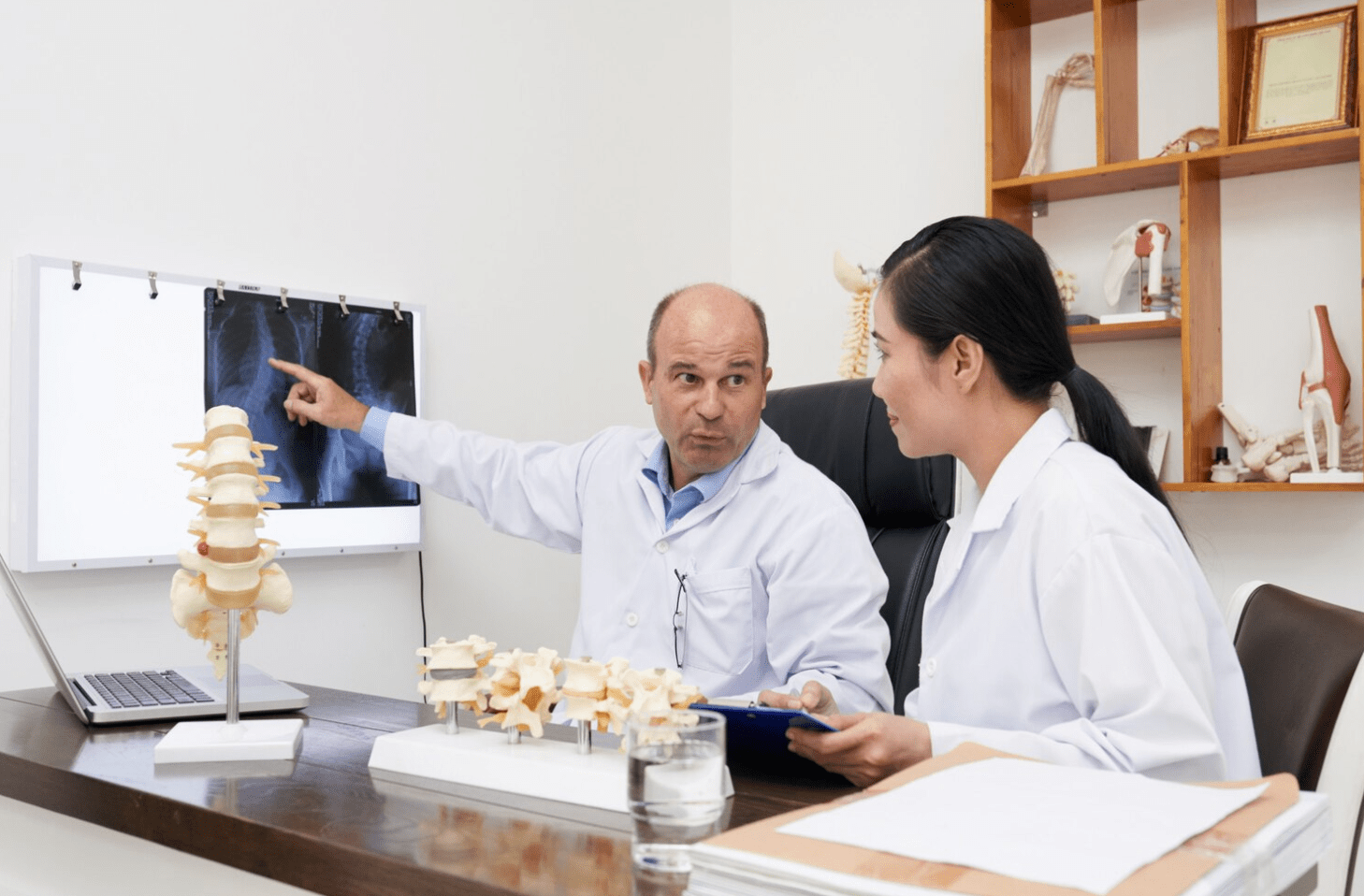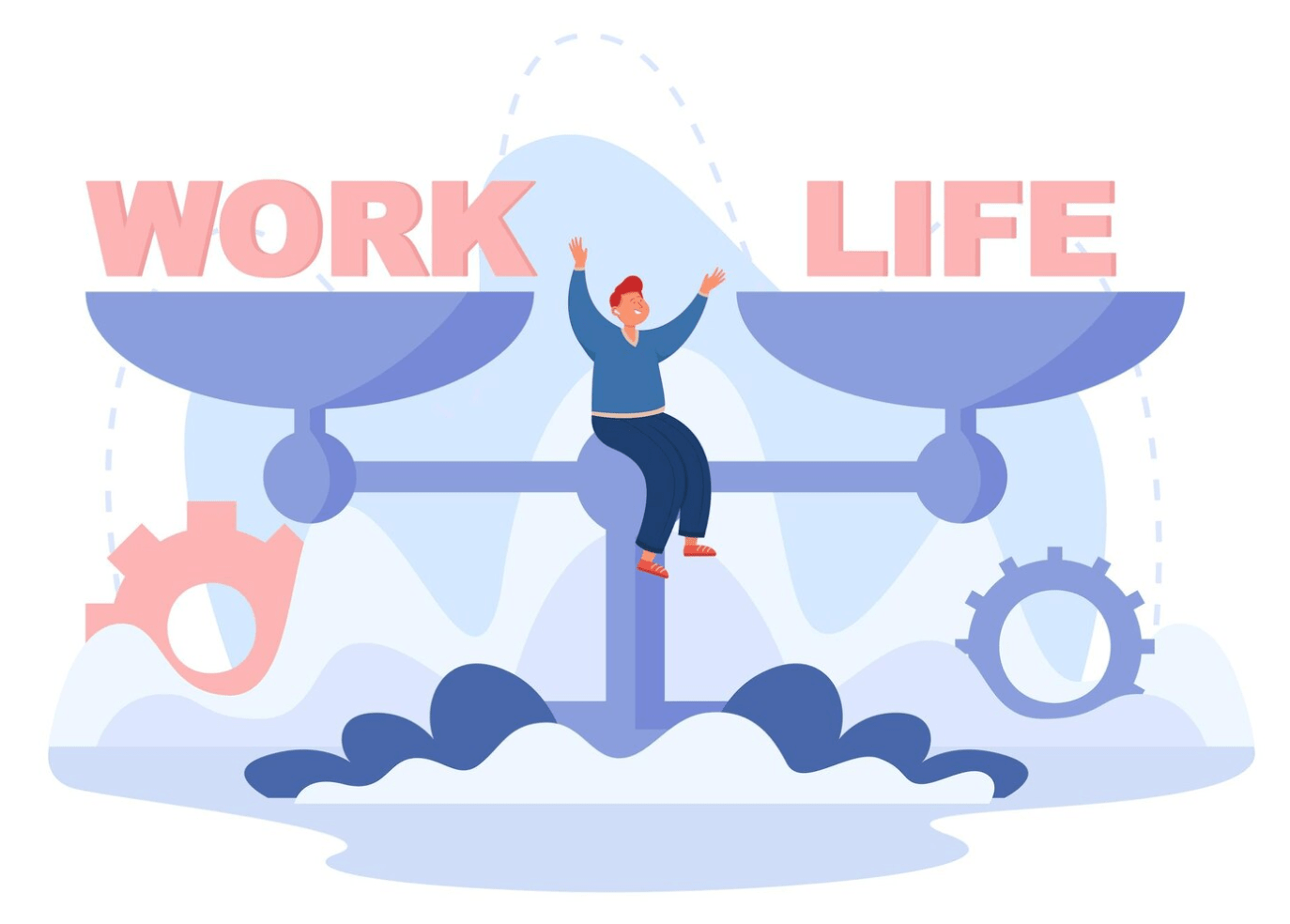Reaching my mid-40s, the intense pressure, long working hours, and severe neglect of health started to catch up with me.
I was in my office when a sharp pain shot right up my spine. Starting with temporary discomfort, the pain started to alleviate.
Not being able to endure it any further, I went to the hospital. The doctor ran some tests on my lower back and I was diagnosed with degenerative disc disease.
Living with and ultimately curing degenerative disc disease has transformed my life entirely.
From work-life balance to lifestyle–everything saw a major shift.
Eventually, I found the right combination of support and assistance, and pain management techniques to treat chronic pain, I did it all.
If you’re someone who is going through it or knows someone who might be, there is light at the end of the tunnel.
As you read through this blog, you will find out how I cured my degenerative disc disease and will be better equipped to tackle the challenge.
Degenerative Disc Disease’s Impacts on My Health
Degenerative disc disease impacts the spinal disc, but in most cases, it also affects other parts of the spine.

Over time the disc wears down and the endplate (cartilage) starts to erode, this results in compromised nutritional flow leading to disc degeneration.
Contrary to popular belief among common masses, the degenerative processes progress in a gradual manner. Years of sedentary lifestyle and unhealthy habits led me to the doctor’s office.
I was not ready to give up my life yet. But I was helpless in front of my pain.
My doctor recommended a team of professionals who could help me with pain management.
A combination of treatments proved quite effective for my recovery journey.
Surgical interventions are generally extensive, so they are usually paired with nonsurgical treatment regimens.
The main goal of the rehabilitation program is to increase and restore the range of motion; build endurance, coordination, and balance; instill ergonomic changes, and teach correct postures.
If you are starting with a treatment plan, consider all alternatives.
The Course of Treatment for Degenerative Disc Disease
The treatment started with two days of bed rest and reduced activity along with anti-inflammatory medication such as Ibuprofen and heat therapy.

I was also given a prescription muscle relaxant medication for up to one week.
The physiotherapist prescribed gentle exercises and aerobic exercises three times a week.
This habit has stuck ever since. These nonsurgical treatments reduce the pain significantly.
For people with early onset, it might even resolve the issue in its entirety.
Apart from this, I also used a combination of nonsurgical treatments along with cognitive behavioral therapy for posture correction and ergonomic changes.
There are some other treatments such as massage to promote circulation, nutritional changes by incorporating a 1:1 ratio of omega-6 to omega-3 fatty acids, radiofrequency neurotomies, and epidural steroid injections to control the pain and inflammation that can be helpful.
For severe cases, spinal surgery is considered if after six to twelve months the pain still persists and impedes the normal functioning of the person.
An Active Lifestyle!
I learned the importance of an active and healthy lifestyle, the hard way.
This also enlightened me about the things one must avoid while dealing with degenerative disc disease.

‘Regular exercise plays a critical role in the healing journey from degenerative disc disease.
Deliberate spinal movements and exercise can provide several benefits such as pain reduction, and nutritional nourishment of the discs, muscles, ligaments, and joints.
I saw a spine specialist who developed my individualized back exercise programs. He incorporated stretching exercises to improve spinal mobility and flexibility.
Stretching helped me recover my range of motion in my lower back.’
Some of the core strengthening exercises such as dynamic lumbar stabilization, exercise ball therapy, and floor exercises can also enhance muscular control of the spine.
Low-impact aerobic exercises help boost blood flow, aid in healing, and relieve back stiffness.
These exercises are decided on the basis of the patient’s history and in most cases, help in maintaining the recovery.
How Medication Helped Me Cure My Degenerative Disc Disease?
The next element which is important in the recovery process is medication. There are multiple medications that have been associated with degenerative disc disease.

My doctor gave me a combination of over-the-counter pain medication and a topical cream along with a heat wrap.
Commonly used over-the-top pain medications include acetaminophen, ibuprofen, and naproxen.
Your physician might recommend some herbal remedies and supplements such as Capsaicin, Harpagoside, Salicin creams, and many more.
Work-Life Balance—How and What?
You might be wondering what happened to work-life balance.

Well, my work took a backseat for the first five months.
My sole aim was to get better and build habits that will support recovery and sustain long-term well-being. I tried several pain management techniques.
I made use of electrical stimulation.
Being ready to do anything to experience instant pain relief and improve daily functioning, I sometimes went for lesser conventional options such as Pulsed Electromagnetic Fields and Pulsed Electrical Stimulation.
They helped with the pain considerably along with manual manipulation and psychological therapy such as cognitive behavioral therapy, relaxation therapy, and biofeedback therapy. Work with your physician and work out a plan suitable for you.
Multiple structured exercises can be more helpful in addressing the cause effectively. At times, my doctor blended treatments to gauge my improvements.
But if you ask me what was the game changer for my recovery?
It was the lifestyle change.
I incorporated a proper sleep routine, a back brace, eating an anti-inflammatory diet, and using correct ergonomics and sitting posture.
Other’s Experiences To Degenerative Disc Disease Treatment!
During my treatment period, I had met several patients.
It always stunned me how some people struggled so much and kept going.
Close to half of the patients who were severe enough to require spinal surgery, also experienced depression. Since these can act as compounding conditions, consult a psychiatrist recommended by your doctor.
Most likely they will work in tandem to create a recovery plan.
Antidepressant medications, physical therapy, and sleep treatments are generally used for the same.
Life with degenerative disc disease can be difficult.
The pain can be overwhelming at times and the recovery process takes consistent efforts, but there is hope.
With adequate guidance, proper assistance, and will, you can have the same outcome as me.
It has been 3 years since I cured myself of degenerative disc disease, it does not have to dictate your life, take control!